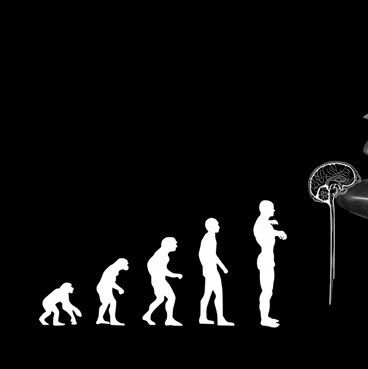Abstract
(1) In the Syrian hamster, there is a delay between the laying down of the trajectory of the optic tract (principally a prenatal event) and the formation by the optic tract of its various dense terminal projections (principally a postnatal event): At birth (Day 0), crossed retinofugal axons already cover the lateral geniculate body and extend into the superior colliculus. Although pioneering retinal efferents enter their target nuclei before Day 3, robust development of retinofugal axon telodendria is apparently delayed until that date; the onset of this arborization occurs simultaneously in the lateral geniculate body and superior colliculus, even though the axons of the optic tract pass over the lateral geniculate body before they arrive in the superior colliculus.
(2) In all structures receiving binocular projections except the suprachiasmatic nucleus, the development of uncrossed optic tract axons lags behind the development of the crossed axons.
(3) In regions where optic tract axons terminate in precise retinotopic order, the projections of the two eyes are segregated in adult animals, and the definitive patterns of connection develop gradually from less differentiated patterns: In the dorsal nucleus of the lateral geniculate body, crossed optic tract axons initially fill the entire nucleus, overlapping with the uncrossed axons; subsequently they withdraw from the ipsilateral projection zone, as the terminal distributions of uncrossed axons increase in density and volume. In adult hamsters, much of the uncrossed retinal input to the superior colliculus is distributed in multiple discrete clusters. Initially the clusters are not present, but develop gradually from a more diffuse pattern.
论文链接:https://www.sciencedirect.com/science/article/pii/0306452279900265







